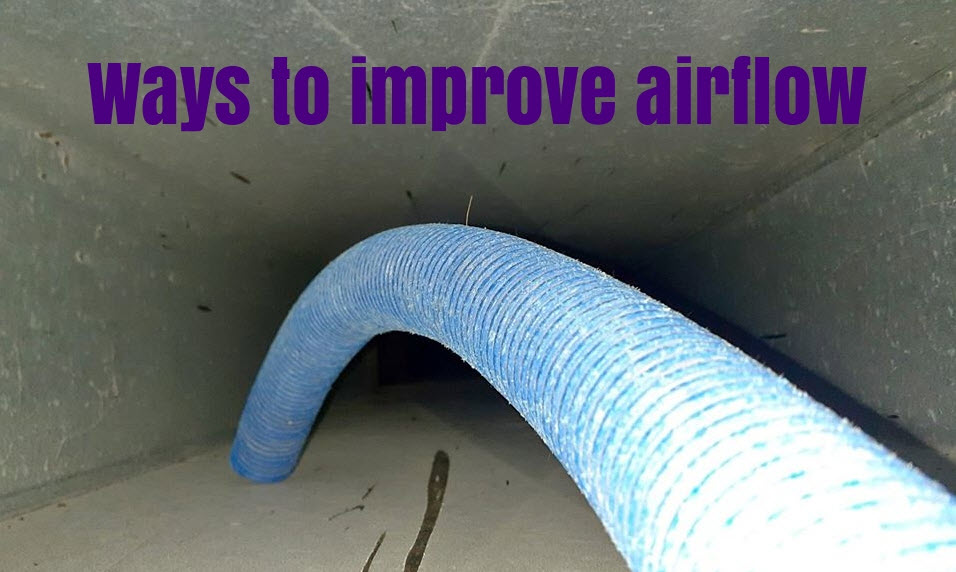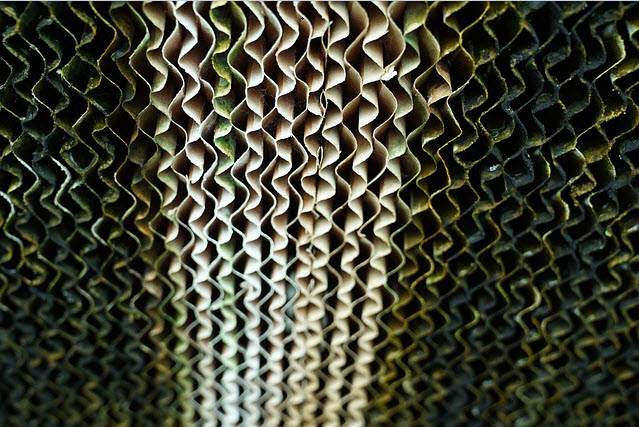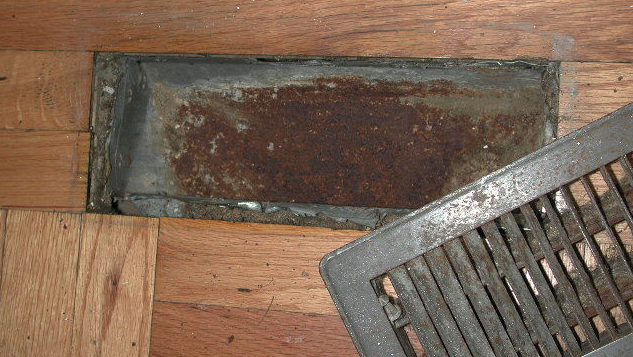Uneven heating and cooling are two of the most common problems that homeowners complain to today, and the problem is usually caused by poor airflow throughout the home, or to specific rooms.
Even if you have a single place that’s too hot or too cold in your home, the chances are good that you’re just experiencing an airflow problem.
Unfortunately, there are many different potential causes behind poor airflow. If you’re willing to take the time to diagnose the issue, you can improve the airflow in your house and feel the uniform temperature and save some bucks.

Let us explain to you the common problems that cause uneven temperatures in your home. We also discussed here reliable solutions to fix these common problems.
Common Causes for weak airflow:
There are several reasons behind the issue if the air does not blow efficiently around your home. You often have a clogged duct or a blocked vent or more severe problem. Here the list of causes for low airflow in your home
- One or more of the HVAC vents are blocked
- The damper to the room is closed or partially closed
- The duct heading to the room is disconnected or leaking or blocked
- There is a bent or crushed duct that’s not moving air properly
- The HVAC blower is old and failing
Simple Fixes to improve the airflow:
These necessary fixes are things that you can do in minutes that could solve your entire problem. Always start by trying these options first before you move to the more complex solutions. You can test out these essential solutions in just moments without any special tools at all.
1.Install a New Air Filter:
One of the easiest ways to improve the airflow throughout your home is to change out an old air filter that’s clogged with dust and other debris. Just swapping the filter should increase the volume of air flowing through your house, and that may lead to more even heating and cooling as a result.
Consider different filter options as well. For instance, fine filters, such as HEPA filters, will naturally slow down airflow more than the basic air filters. Try swapping to a different one to see if that helps resolve your issue.

2.Remove Any Obstructions from the Vents:
Many homeowners have furniture placed over air vents. At my family room, we have a large rug right across the vents, and sometimes it covers one of the vents. We don’t realize it until we feel the room is too cold or hot.
In each room, look for potential blockers and removes those obstructions. In most cases, this is the only fix you need to get the consistent temperature in your home.
Moderate Difficulty Fixes to improve airflow:
These fixes are more difficult to carry out but still tasks that most homeowners can complete without too much difficulty. As long as you can make it to the HVAC ducts of your home, you should be able to apply most of these solutions effectively to fix your issues. You will have to invest in some necessary tools like replacement duct sections and special metallic duct tape to carry out some of these steps. However, they are still viable for many homeowners to fix it.
3.Seal Duct Leaks:
In any of the areas of your home where you can get access to your HVAC ducts, run your hands along those ducts with your blower running so you can feel for air leaks. If you think air spilling out from your pipes, you have a leak you can patch for improved airflow. While a few minor leaks likely won’t cause you any issues. Many leaks throughout your house can cause severe airflow efficiency losses.

4.Reattach Ducts:
Over time it’s possible for sections of the HVAC ducts running around your home to become fully separated. Look for any parts of your home’s pipes that aren’t attached any longer and put them together using metal-backed tape designed for HVAC systems. This tape is built to last and will hold up for far longer than standard duct tape will.
Open Your Dampers:
Many HVAC systems in homes today rely on a set of dampers that give you more control over the airflow through your ducts. These dampers may be closed or partially closed in one section. Open them up to see if the increased airflow resolves your issues.
5.Replace Damaged section of duct or vent:
it’s essential to examine the different ducts to see if any of them have crushed or damaged. Replace the part of the damaged pipe with a new one.

6.Clean Out Your Ducts:
Over time ducts get clogged with debris and other obstructions. If this happens to you, you could have full-sized obstacles blocking up one or more of the pathways in your ductwork. The only way to resolve this situation is to clear out your ducts so that they can flow adequately once again. This is a complicated process without the right tools and equipment. Professionals use cameras and great cleaning tools to remove severe obstructions, or high-pressure blowers or vacuums to clear out debris. You’ll have to purchase a camera system at the very least to allow you to look through your ducts for any clogged sections. From there, you can open up the ducts and remove the obstructions with ease.
7.Replace a Failing Blower:
Blowers designed to last for decades, but eventually, they will wear out and stop performing as well as they once did. If you have a blower that sounds bad, that’s been in use for many decades, and that just isn’t outputting as much air as it once did, it’s often best to replace your blower.
Hopefully, all of the different solutions listed above help give you the options to fix your airflow issue and restore proper performance to your home HVAC system once again.
If you still not sure how to fix your airflow, or you aren’t confident enough to try one of the more advanced steps listed above, talk with an HVAC specialist and get professional help resolving your problem.
